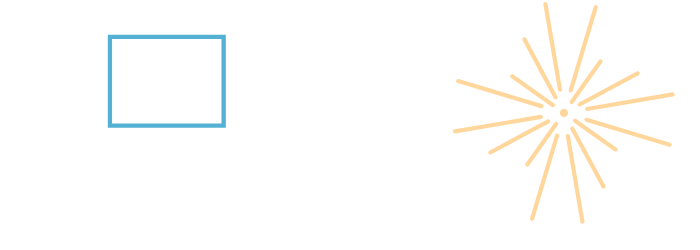How to design a flow cytometry panel
Related articles
Secondary antibodies resources
Alexa Fluor secondary antibodies
Biotinylated secondary antibodies
Enhancing Detection of Low-Abundance Proteins
9 tips for detecting phosphorylation events using a Western Blot
Western Blotting with Tissue Lysates
Immunohistochemistry introduction
Immunohistochemistry and Immunocytochemistry
Immunohistochemistry troubleshooter
Chromogenic and Fluorescent detection
Preparing paraffin-embedded and frozen samples for Immunohistochemistry

Introduction to multicolour flow cytometry panels
With the advances in flow cytometry reagents and equipment, performing more complex experiments is possible, leading to a rise in multiparameter flow cytometry assays. This type of experiment excels at single-cell interrogation using several markers and analytes, resulting in better-defined cell populations.
Multicolour assays also improve the overall efficiency and are more cost-effective, due to the fewer samples and smaller volumes needed alongside the increased throughput, with their major downside being that the different markers used and the complexity of the equipment needed leads to higher complexity and more attention is required for details like controls and optimisation.
Furthermore, for the experiment to be successful, the correct fluorophores and antibody conjugates need to be used in order to ensure that the spillover adjustments and overall compensation are as small as possible while maintaining high quality and accuracy.
When working with a multicolour panel, a few points regarding the equipment and reagents require more attention than a standard flow cytometry assay. During the design step, knowing the configuration and limitations of the lasers and filters available is essential for determining the correct equipment for the specific experiment.
Also, testing different antibody titers and reagent iterations is essential for designing a good-working panel alongside a careful selection of the fluorophores, as the brightest ones should be used for low-abundant antigens and the dimmest for the more highly-expressed antigens to ensure that the overall brightness is consistent.
Additionally, including a cell viability dye will help in excluding any contaminants like dead cells that may interfere with the assay.
Choosing the correct fluorophores
Fluorophore brightness is an important marker that not only determines the extinction coefficient and quantum yield of the fluorophore but if not suitable for the assay, it can have a negative impact expressed as background fluorescence.
This type of fluorescence can be generated from cellular autofluorescence, non-specific staining and noise from the lasers and filters, resulting in issues with differentiating the stained from the unstained cell population.
Due to this issue being relatively common, the sensitivity of the assay can be measured using the signal-to-noise ratio, which is one way of determining how efficiently the differences between unstained and stained cells can be measured. This ratio is calculated by dividing the median fluorescence intensity of the positive cell populations by that of the negative cell populations.
Another measure of the fluorophore's relative brightness is its intensity distribution spread of the unstained cells, which when used together with the S/N ratio forms a more comprehensive parameter, named the Stain Index (SI).
The signal-to-noise ratio (S/N) is a way to measure the assay's ability to accurately distinguish between the stained and unstained populations. The ratio can be obtained by dividing the mean fluorescence intensity (MFI) of the positive by the MFI of the negative cells.
